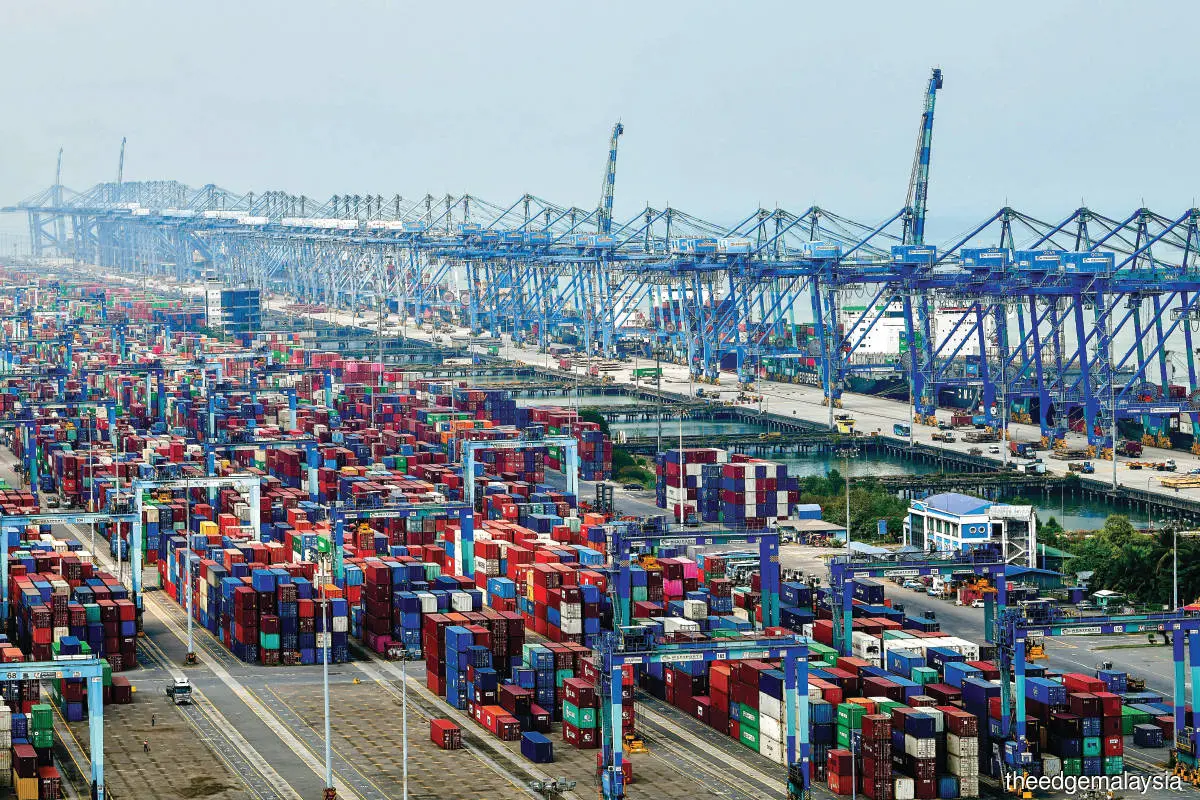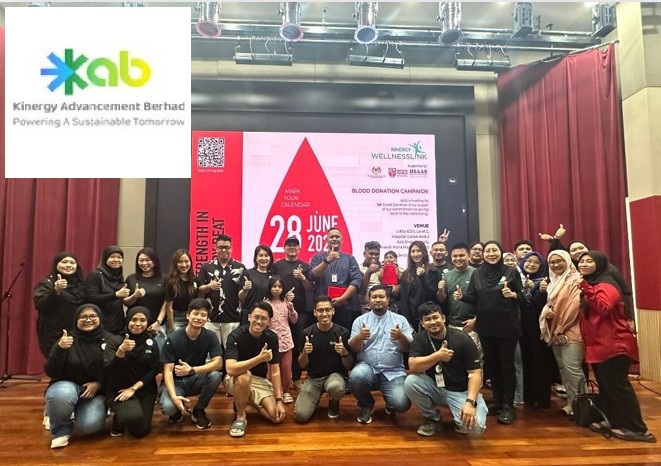THE sector’s earnings delivery observed stable year-end results in the recently concluded quarter four calendar year 2024 (4QCY24) reporting season with essentially unchanged composition of 25%, 25% and 50% beating, meeting, and missing Kenanga Research (Kenanga)’s forecasts, respectively.
The WTO cited an emerging trend of connecting economies or countries that benefited from the trade diversion on US-China trade tensions.
Malaysia, Singapore, India and Vietnam growth is surging due to their emerging role as “connecting” economies, trading across geopolitical blocs, thereby potentially mitigating the risk of trade fragmentation.
Based on Malaysia’s external trade November numbers, there was an export surge to the US with the US now Malaysia’s largest export destination.
“We expect domestic logistic sector growth to remain steady going into 2025, which is a beneficiary of the booming e-commerce, supported by the global tech up-cycle led by AI demand, a resilient US economy, potential trade diversion amid US-China trade tensions and short-term surge in domestic ports’ container volume on frontloading activities ahead of the potential US tariff hike on China goods in 2025,” said Kenanga in the recent Sector Update Report.
Kenanga also acknowledged that stricter regulations on carbon emissions may pose new challenges to global trade, particularly, one from the United Nations’ International Maritime Organization (IMO) and another from the European Union (EU).
While the exact implications of the regulations of the IMO and EU’s Carbon Border Adjustment Mechanism (CBAM) on the seaport and logistics sectors remain unclear, the volume of containers heading to the EU will certainly be affected (about 18% of container throughput under Asia-Europe trade), especially those originating from China, which is a major exporter of iron, steel and aluminium to the EU.
Meanwhile, the EU’s CBAM policy could disrupt the exports of certain commodities, iron and steel, cement, aluminium, fertiliser, electricity, hydrogen, to the EU.
During the transition period between Oct 2023 and Dec 2025, EU importers must report embedded emissions in goods imported on a quarterly basis, as well as any carbon price paid to a third country.
When the CBAM takes full effect starting 2026, importers will need to buy carbon credits reflecting the emissions generated in producing them.
“Logistics to ride on e-commerce boom. On a more positive note, we see a bright spot in the domestically driven third-party logistics (3PL) sector, which is less vulnerable to external headwinds, being buoyed by the booming e-commerce,” said Kenanga.
The booming e-commerce will spur demand for distribution hubs and warehouses to enable:
(i) just-in-time delivery.
(ii) reshoring/nearshoring to bring manufacturers closer to end-customers. (iii) efficient automation system, including interconnectivity with the customer system.
(iv) warehouse decentralisation to reduce transportation costs and de-risk the supply chain.
There is also strong demand for cold-storage warehouses on the back of the proliferation of online grocery start-ups.
“We maintain neutral on the sector and do not have any top pick for the sector,” said Kenanga. —Mar 12, 2025
Main image: Shahrill Basri









